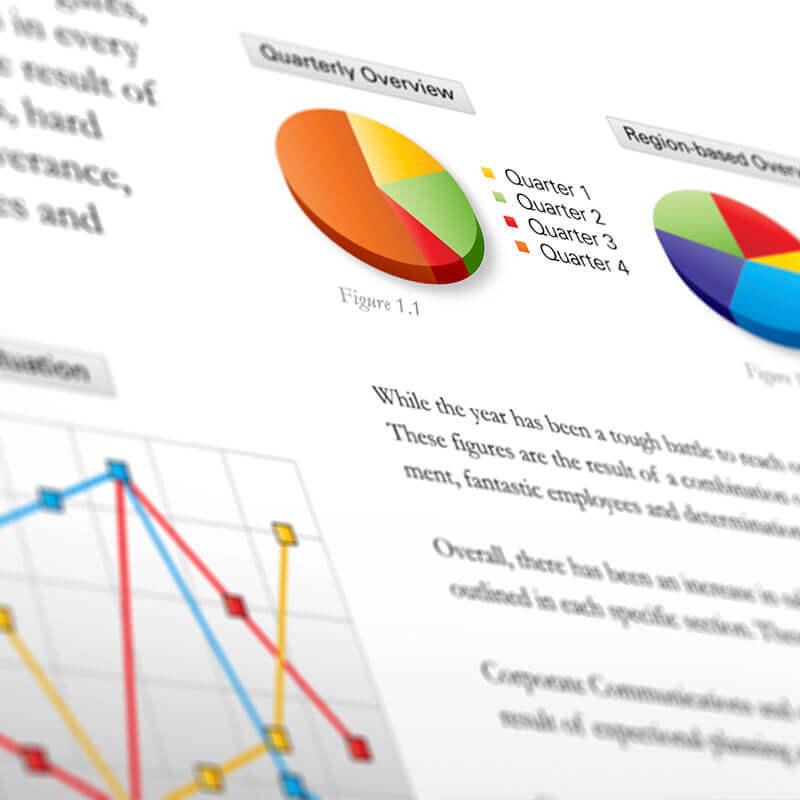Measure What Matters, Make Better Decisions
Risk Modeling and Management
Many organizations currently use risk assessment methods that are proven to be ineffective. Doug Hubbard has written extensively about the research showing that popular non-quantitative methods, like “risk matrices”, are actually a type of “analysis placebo.” That is, they may make the organization feel better about their decisions regarding risk but, in reality, it is either no better than unaided intuition or possibly much worse. Furthermore, they don’t directly inform risk management decisions regarding exactly where you should spend limited resources to reduce many different risks. Hubbard Decision Research, on the other hand, uses a risk assessment approach based on techniques, called Applied Information Economics (AIE) ,that:
- show a measurable improvement in estimates;
- directly inform practical decisions with a “return on mitigation” calculation;
- and are practical even in the most complex environments.
If you want to turn your investment in Risk Management into a competitive advantage, we can help. For more information, contact us.
Quantitative Decision Analysis
At Hubbard Decision Research, we start with the premise that the secret to effective decision making is understanding that everything and anything can be measured and that by measuring the right things in the right amount, companies can cost effectively reduce uncertainty, allowing them to make critical decisions faster and with greater confidence.
We combine an exceptional ability to find new ways to measure things that often seem immeasurable, together with:
- decomposition techniques that allow us to optimally break down problems into its components
- advanced statistical methods that allow us to make inferences from even extremely small data sets
- Psychological Bias elimination techniques that allow us to compensate for the weaknesses of what is often the most important but also the most imperfect of measurement instruments: human experts
The outcome is a delivery of quantitative models that make it easy for decision makers to properly measure risk and returns and make decisions that are in line with their risk tolerance.
If you think your organization could improve its performance by becoming more quantitative in its decision making, contact us.
Value Measurements of Intangibles
Many organizations make less than optimal and often downright bad decisions because they fail to measure what matters most. This phenomenon is called measurement inversion. One of the most common reasons companies suffer from measurement inversion is the belief that “intangibles” (e.g., management effectiveness, public image, risk of famine) can’t be measured. This results in critical factors being left out of the cost benefit, risk, and decision analyses, making them inaccurate, sometimes dangerously so.
Over the last 20 years, Hubbard Decision Research has proven time and time again, that anything and everything can be measured and that the only way to make better more effective decisions is to reduce uncertainty through measurement. We have helped many of the world’s largest and most respected organizations in both the private and public sector, find ways to measure things that they had previous thought to be unmeasurable, thus helping them to realize their full potential.
If your organization has “intangibles” that it needs measuring, give us a call. We will help you find effective ways to place a value on it and in the process teach your team how to measure any other intangibles you might need to measure in the future.
Results
Client Testimonials & Publicly Available Reports
Hubbard Decision Research has completed hundreds of major analysis projects about client challenges in many industries. Read what clients think and even see some of the results that have been made available to the general public.
Downloads
Exclusive Downloads Available to Registered Users
Book readers and VIP Subscribers can download spreadsheet tools and other documents here. If you are not an registered user, please take a couple of minutes to create an account.


